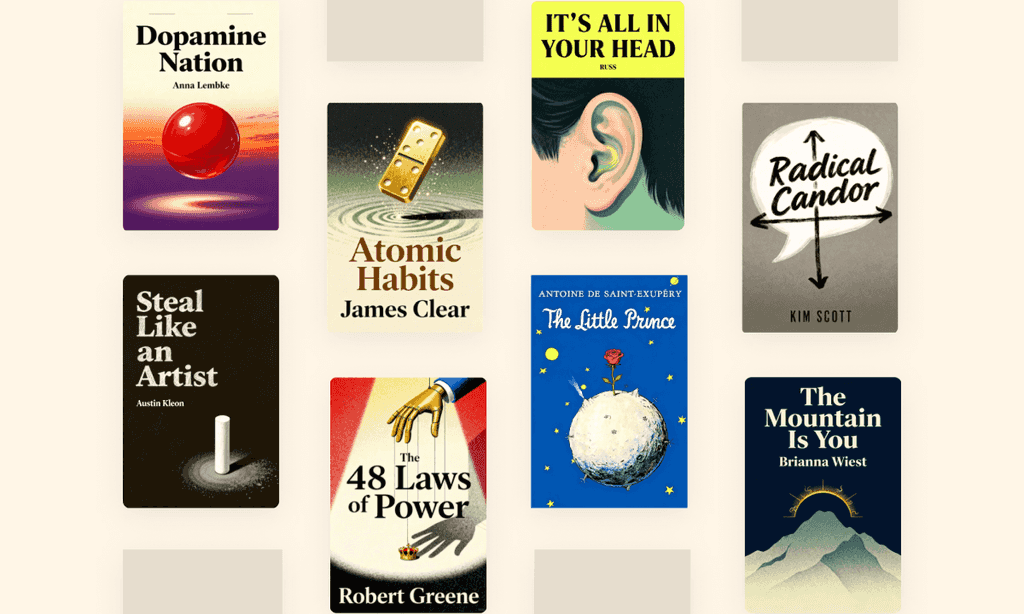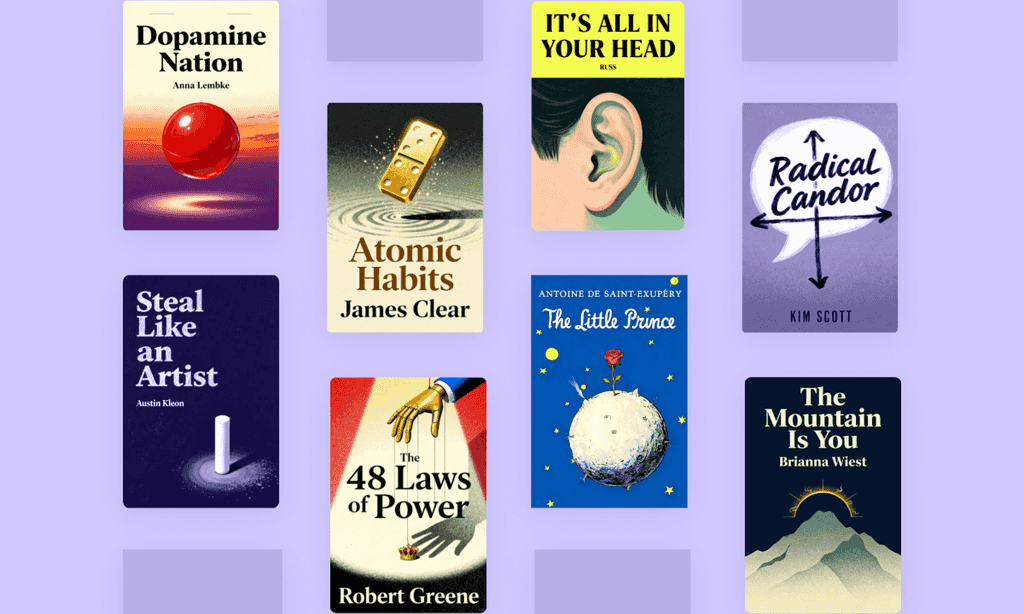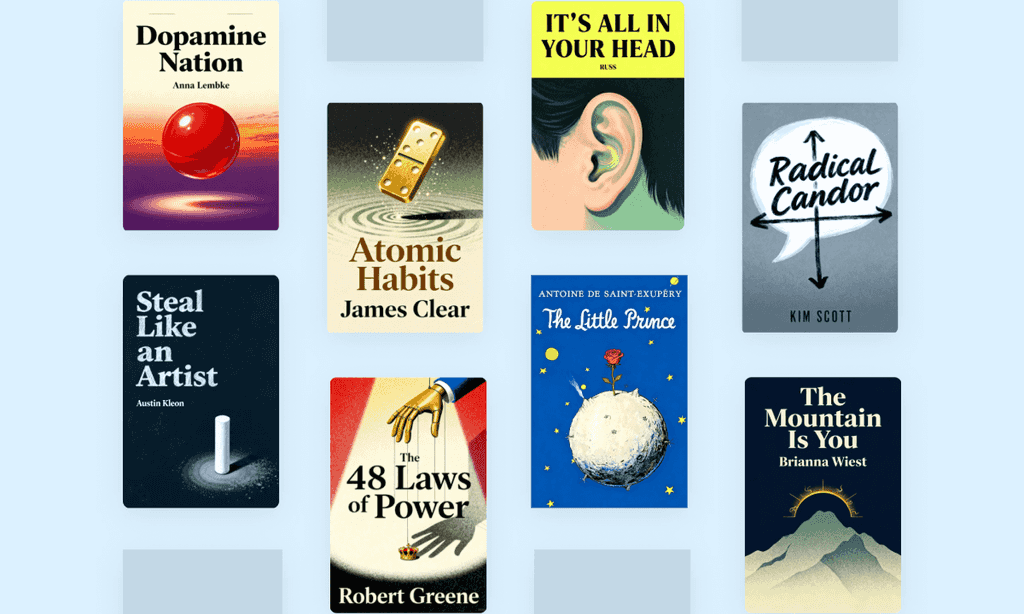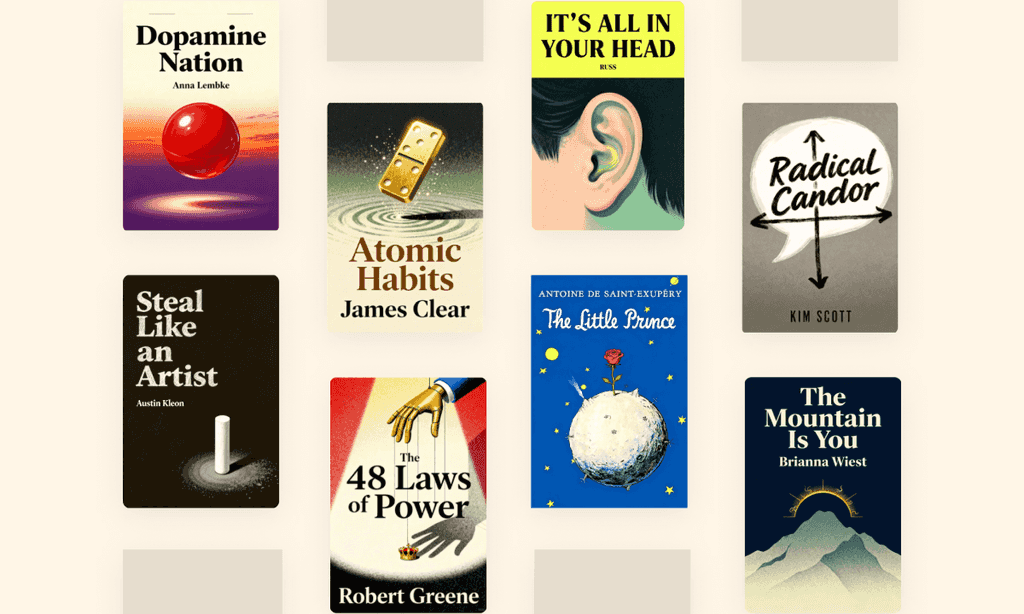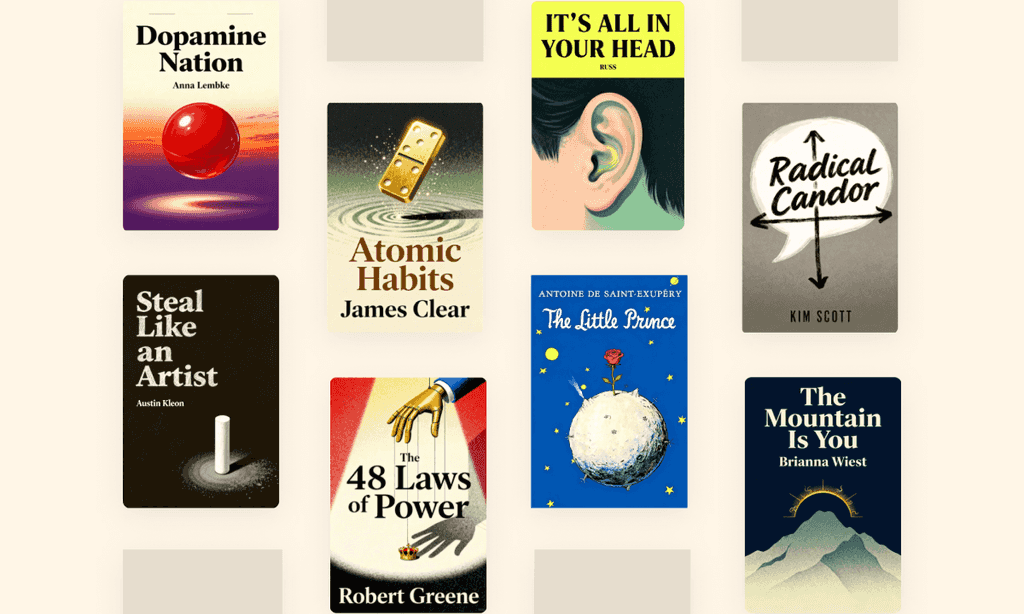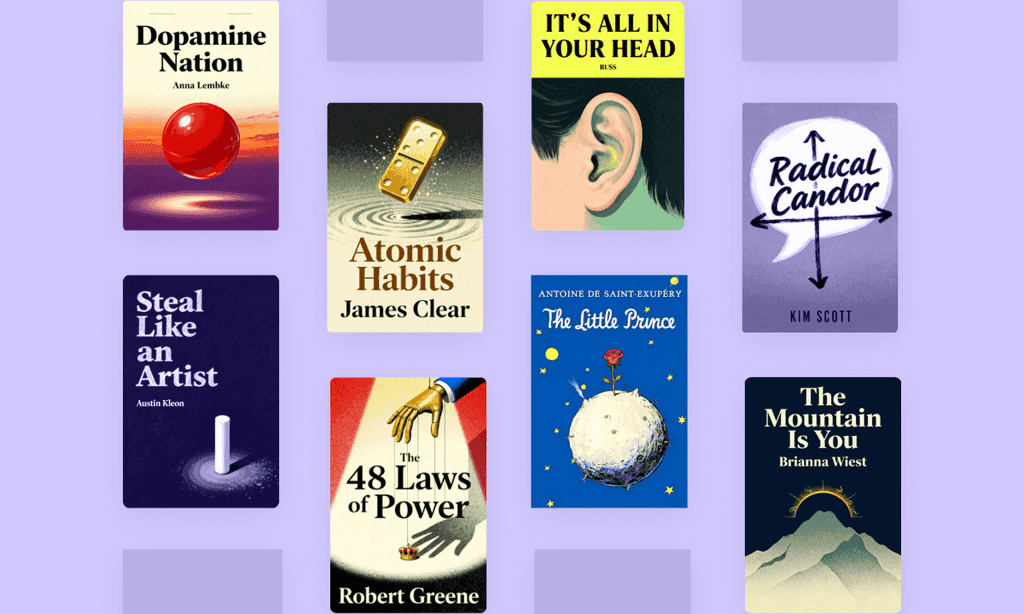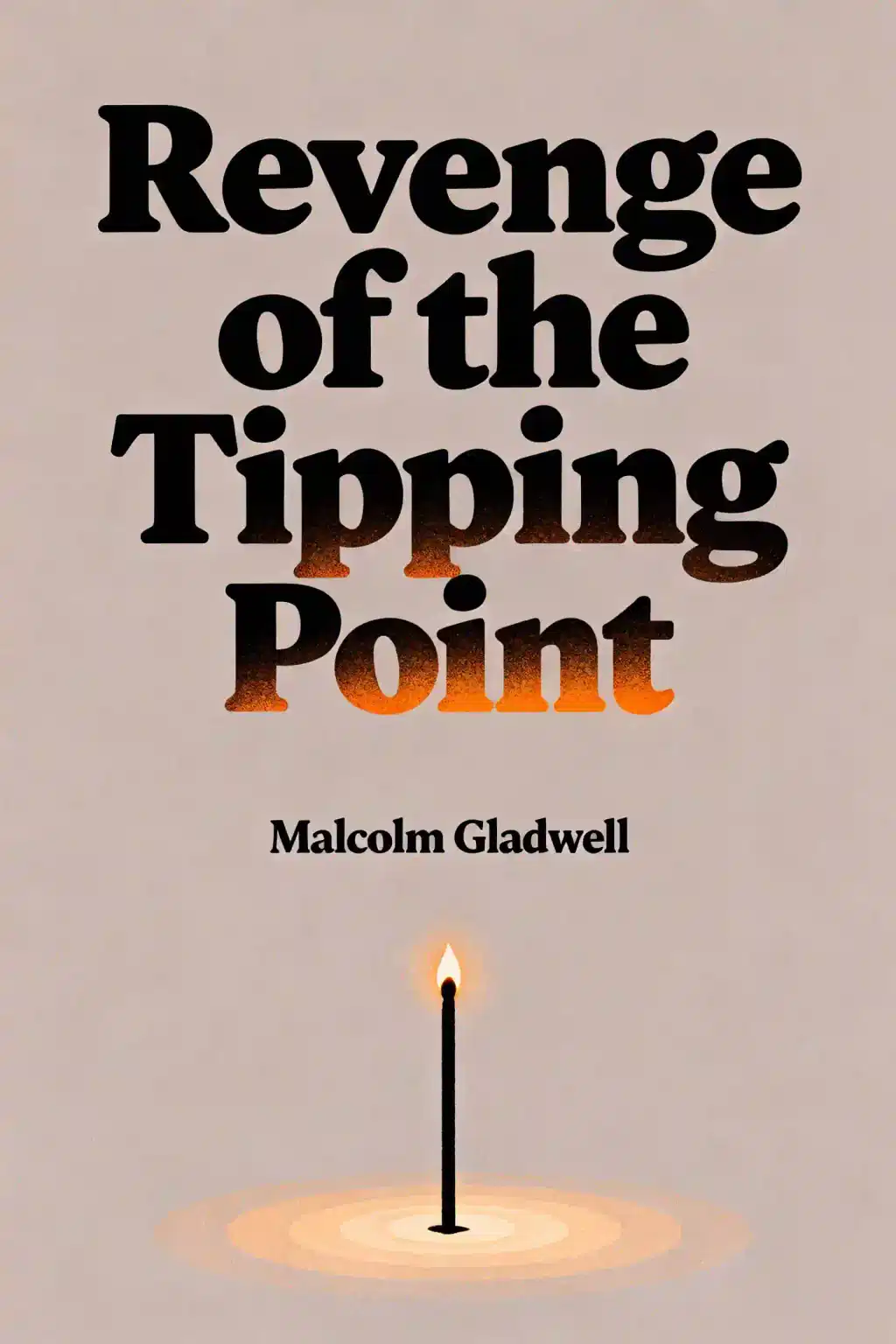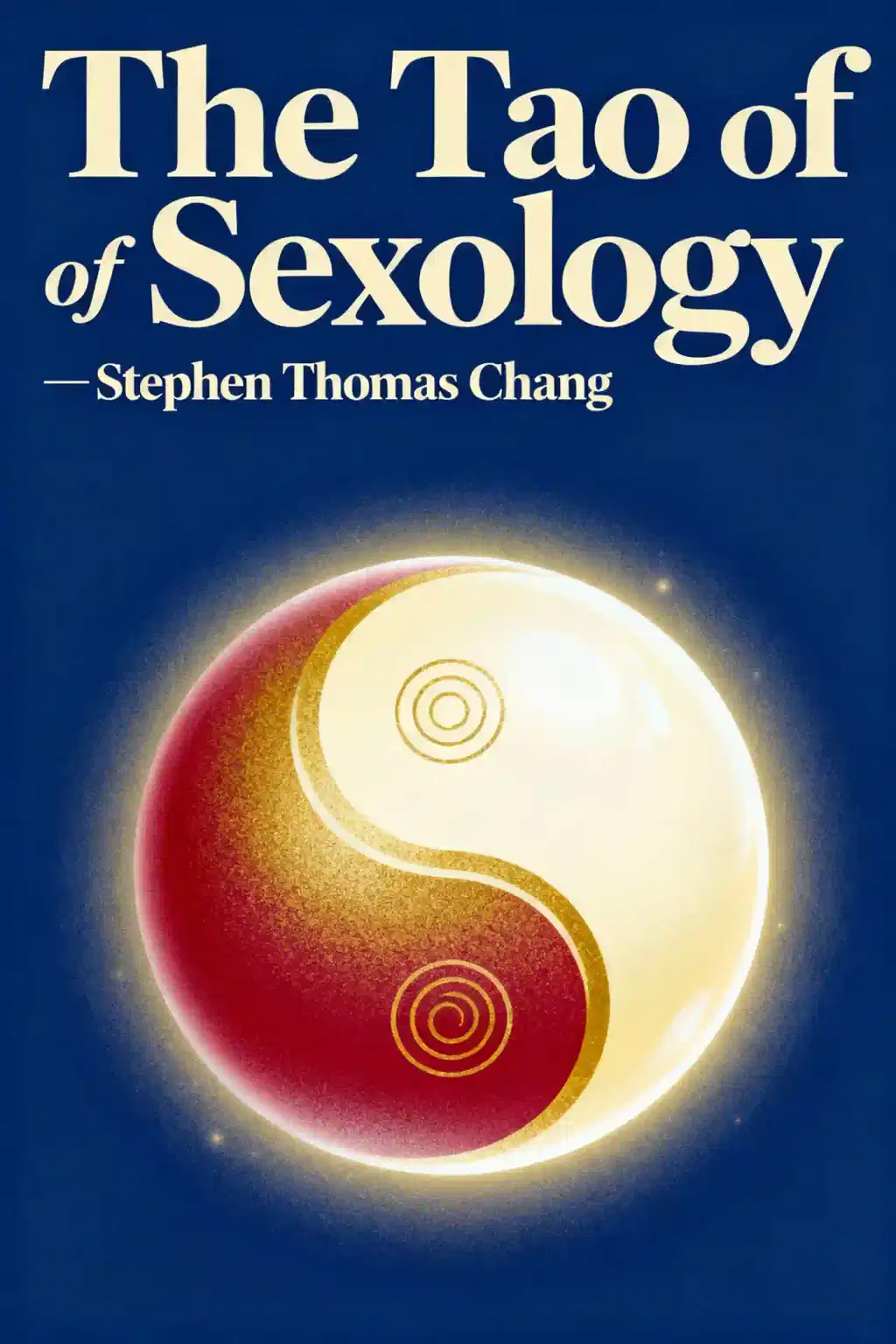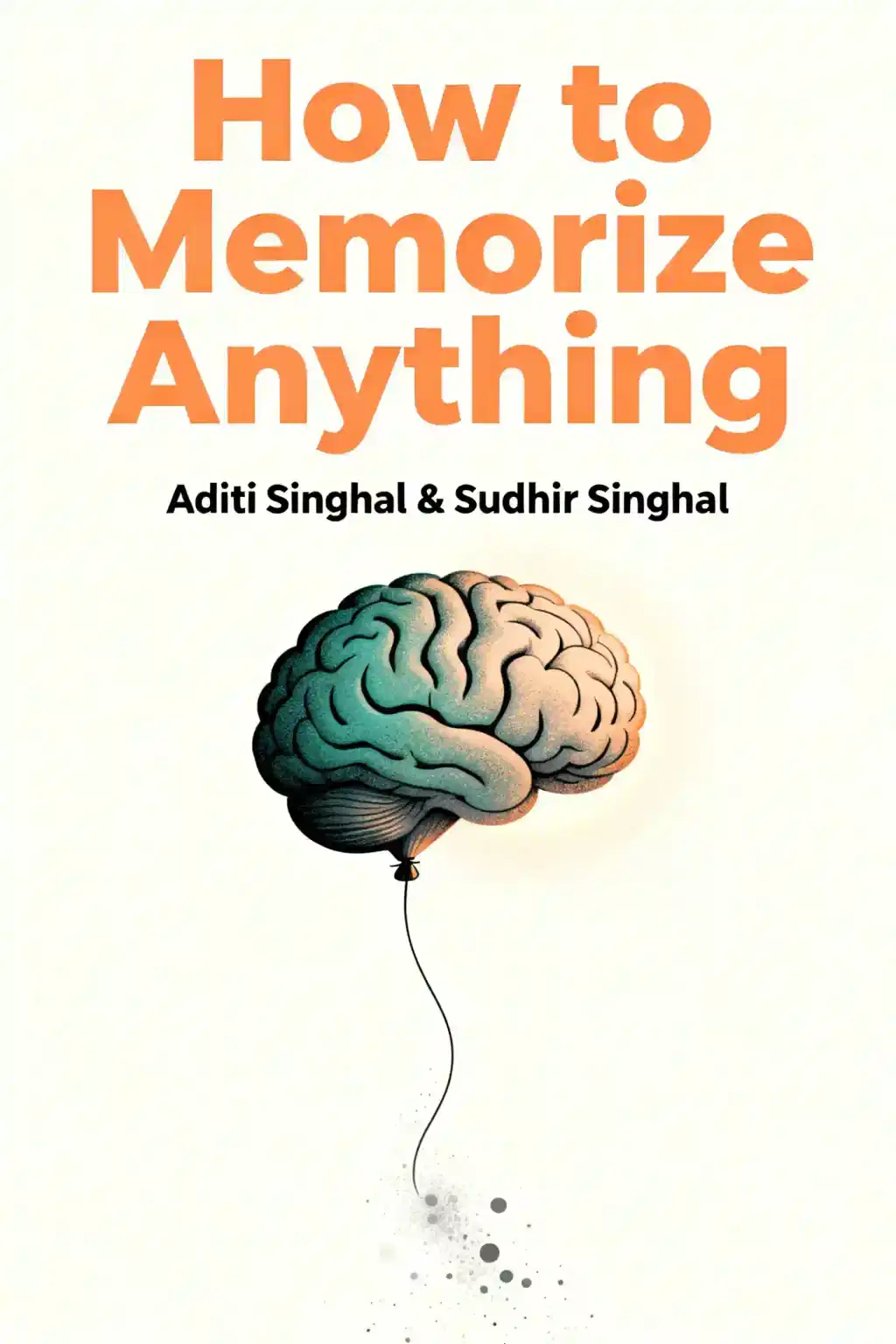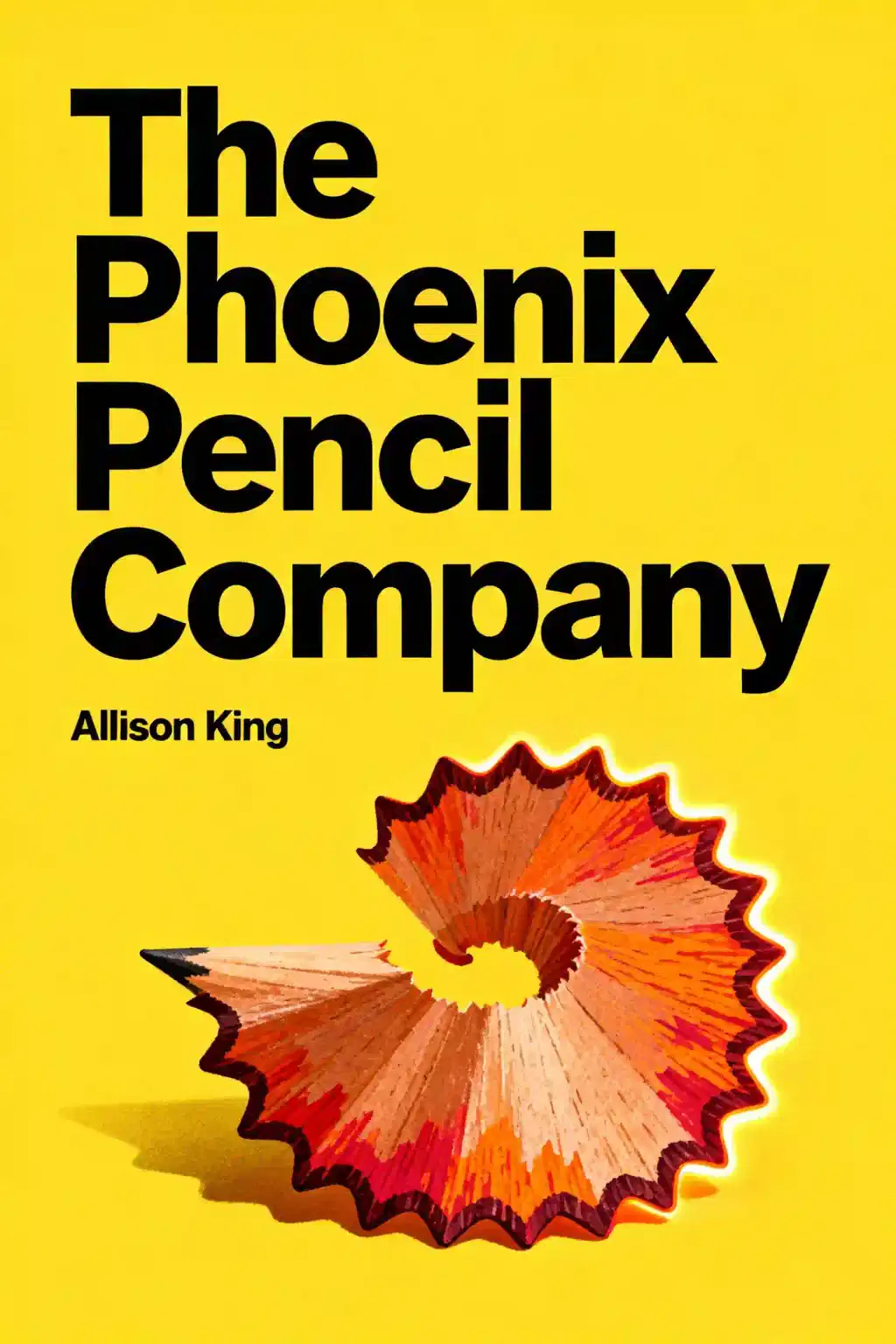
The Phoenix Pencil Company by Allison King Summary
Reese Witherspoon's latest pick blends magical realism with family saga as software engineer-turned-author Allison King crafts an "inventive" debut that had bestselling author Fonda Lee "smiling through tears." What makes this cross-genre phenomenon resonate so deeply with Chinese-American readers?
About the author
Allison King is an Asian American writer and software engineer whose debut novel, The Phoenix Pencil Company, was selected as a Reese's Book Club pick for its masterful blend of literary and speculative fiction. Based in Cambridge, Massachusetts, King brings a distinctive perspective shaped by her professional expertise in data privacy and technology platforms, which directly informs the novel's exploration of memory preservation, digital ethics, and the intersection of technology with human connection across generations.
Prior to her debut, King's short fiction appeared in Fantasy Magazine, Diabolical Plots, and LeVar Burton Reads, establishing her voice in genre storytelling.
As a 2023 Reese's Book Club LitUp fellow, she crafted a deeply personal dual-timeline narrative inspired by her own grandmother's experiences running a pencil company in WWII Shanghai. The novel weaves historical fiction with magical realism to explore intergenerational trauma, family legacy, and the power—and price—of remembering.
FAQs About This Book
The Phoenix Pencil Company is a magical realism novel that follows Monica Tsai, an MIT student, as she uncovers her grandmother Yun's hidden past in 1940s Shanghai. The book explores a magical ability called "Reforging" that allows women in Monica's family to absorb memories from pencils. Set across dual timelines, it weaves together Monica's work on a digital connection program with Yun's wartime experiences at a pencil factory turned espionage operation.
Readers who enjoy cross-generational family sagas with magical realism elements will find The Phoenix Pencil Company compelling. It's ideal for fans of A Tale for the Time Being by Ruth Ozeki and The Midnight Library, as well as those interested in WWII Shanghai history, Chinese-American family stories, technology's impact on memory, and epistolary narratives. The book particularly appeals to readers seeking emotional explorations of inheritance, storytelling rights, and cultural identity.
The Phoenix Pencil Company earned recognition as a Reese's Book Club Pick and showcases impressive research into wartime Shanghai history. While reviewers praise Yun's compelling historical narrative and the innovative magical realism concept, some found Monica's contemporary storyline less engaging and the pacing uneven between timelines. Most readers appreciated the emotional depth, family relationships, and King's unique blending of technology with memory preservation, rating it between 3.5-4.5 stars.
Allison King is a debut novelist with a background as a software engineer, which informs the authentic technical details in The Phoenix Pencil Company. King drew inspiration from her own family history to create this multigenerational tale about memory and identity. Her technical expertise allows her to make complex algorithms feel emotionally resonant while exploring how digital and analog methods preserve family stories. This combination of personal heritage and professional experience gives the novel its unique voice.
Reforging is the central magical ability in The Phoenix Pencil Company where women in Monica's family lineage can absorb memories contained within pencils by pressing the graphite hearts into their wrists. This power allows them to read what others have written and access their experiences directly. During WWII, the Chinese government discovered this ability and forced Yun and her cousin Meng into espionage work, making them betray people's stories for survival. The concept serves as both literal magic and metaphor for inherited trauma.
EMBRS is a digital diary and data connection program that Monica Tsai helps develop with her professor in The Phoenix Pencil Company. The program seeks to connect strangers through shared experiences and meticulously backed-up journal entries with timestamps and GPS coordinates. Ironically, EMBRS becomes the tool that connects Monica to Louise, who possesses a pencil containing clues about Yun's long-lost cousin. The program explores contemporary questions about digital permanence, data privacy, and how technology preserves or commodifies personal narratives.
The Phoenix Pencil Company alternates between Monica's contemporary college life at MIT and Yun's experiences in 1937-1940s Shanghai during Japanese occupation and civil war. The novel employs an epistolary structure, contrasting Monica's digital diary entries with precise timestamps against Yun's handwritten memories preserved on Reforged pencils. This structure emphasizes the tension between digital and analog memory preservation while exploring how different generations document and inherit family stories across seventy years of separation.
The Phoenix Pencil Company immerses readers in Japanese-occupied Shanghai during WWII, where Yun and Meng survive by selling handmade pencils at the Phoenix Pencil Company, which serves as a front for espionage operations. King's research brings to life the International Settlement during wartime, showing how politics dictated survival and forced ordinary people into betraying others' secrets. The historical sections provide crucial context for understanding how war, regime changes, and political upheaval separated families and created lasting trauma across generations.
The Phoenix Pencil Company explores who owns and inherits our stories, examining how family narratives shape identity across generations. Central themes include:
- Memory preservation through analog and digital means
- The burden of inherited trauma
- Survival through storytelling
- The ethics of accessing others' private experiences
The novel questions whether stories should be shared or remain hidden, how technology commodifies personal narratives, and what responsibilities come with inheriting family secrets. Relationships—between grandmothers and granddaughters, cousins, and romantic partners—anchor these philosophical explorations.
Both The Phoenix Pencil Company and Ruth Ozeki's A Tale for the Time Being employ epistolary formats and cross-generational narratives connecting past and present across the Pacific. They share themes of memory preservation, Japanese occupation impacts, and the power of found documents to bridge temporal gaps. However, King's novel adds magical realism through Reforging and explores technology's role in storytelling more explicitly. While Ozeki focuses on Buddhist philosophy and environmental themes, King emphasizes Chinese-American family dynamics and data privacy concerns relevant to contemporary digital culture.
Critics note that The Phoenix Pencil Company suffers from uneven pacing, with Yun's historical sections feeling rushed compared to Monica's carefully developed contemporary storyline. Some readers found the EMBRS technology confusing and disconnected from the narrative's emotional core. The climax felt out-of-character for Monica, whose sudden activism contradicted her established goals. Additionally, the magical Reforging system lacks clear rules or origins, and Louise's boundary violations undermined the romance subplot. The novel's stance on archivism—suggesting data preservation is dangerous—left some readers dissatisfied.
Published in 2025, The Phoenix Pencil Company addresses urgent contemporary concerns about data privacy, digital memory preservation, and how technology companies monetize personal narratives. As AI and social media platforms increasingly harvest user data, the novel's questions about who owns our stories feel particularly prescient. The parallel between wartime governments exploiting Reforging for espionage and modern tech companies selling personal information resonates powerfully. Additionally, as first-generation immigrants age and Alzheimer's threatens family histories, the book speaks to timely anxieties about preserving cultural heritage before it disappears.
Quick Summary Mode - Read or listen to The Phoenix Pencil Company Summary in 9 Minutes
Break down key ideas from The Phoenix Pencil Company into bite-sized takeaways to understand how innovative teams create, collaborate, and grow.
Flash Card Mode - Top 10 Insights from The Phoenix Pencil Company in a Nutshell
Distill The Phoenix Pencil Company into rapid-fire memory cues that highlight Pixar’s principles of candor, teamwork, and creative resilience.

Fun Mode - The Phoenix Pencil Company Lessons Told Through 22-Min Stories
Experience The Phoenix Pencil Company through vivid storytelling that turns Pixar’s innovation lessons into moments you’ll remember and apply.
Personalize Mode - Read or listen to The Phoenix Pencil Company Summary in 0 Minutes
Ask anything, pick the voice, and co-create insights that truly resonate with you.

From Columbia University alumni built in San Francisco
See More Stories?

Get the The Phoenix Pencil Company summary as a free PDF or EPUB. Print it or read offline anytime.






